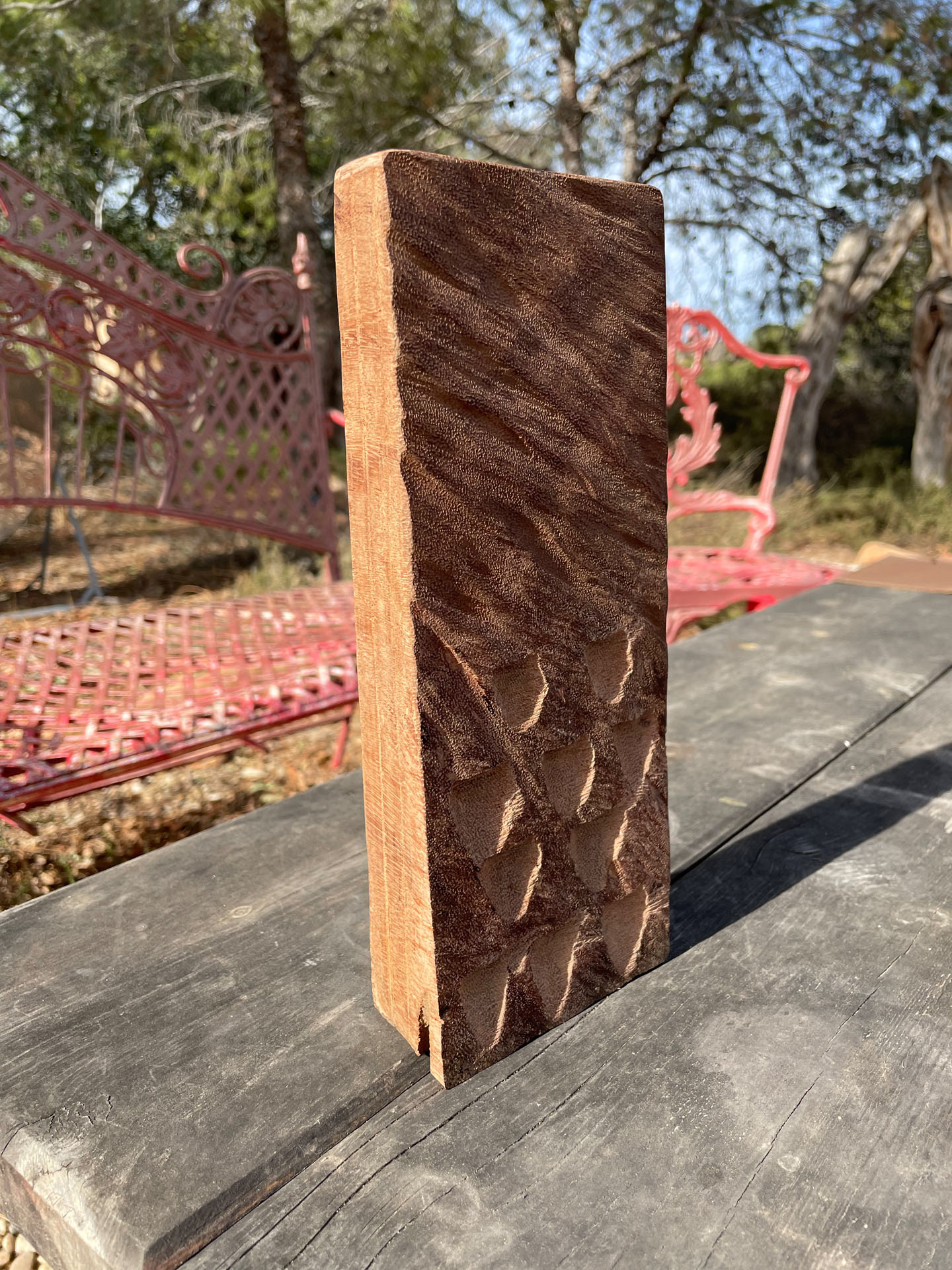Martin Karl Kufieta is an artist who's practice is based on both an individual and a collective approach. His cross-media practice includes the realization of various themes. His family roots in Poland continue to play a key role in his work. Using objects from the past and materials from the region, he brings feelings closer and tells personal stories.
Martin pursues the motivation of bringing people together. By creating objects for encounters such as seating, table service, or temporary meeting places, he encourages people to participate and inspires them to interact with each other. The focus here is on the idea of community, which has a positive influence on living together and promotes interdisciplinary cooperation. Similar to a good host, he acts as a link between strangers and offers an environment for communication. Hospitality provides care for others and invites collective thinking.
Martin pursues the motivation of bringing people together. By creating objects for encounters such as seating, table service, or temporary meeting places, he encourages people to participate and inspires them to interact with each other. The focus here is on the idea of community, which has a positive influence on living together and promotes interdisciplinary cooperation. Similar to a good host, he acts as a link between strangers and offers an environment for communication. Hospitality provides care for others and invites collective thinking.
Throughout his stay, Martin has been working on multiple projects. One of them is exploration stems from his kitchen tools collection. As an artist who works with food, Martin has been collecting kitchen tools for several years, combined with his inclination to woodworking, he started to create various kitchen tools from African Rosewood that came from our scrapyard. This playful approach to kitchen tools is meant to challenge the functionality of all too familiar designs, such as a grater, but also to build a different understanding of them.




Another project Martin worked on is about salt and how we connect or don’t connect with it as one of the kitchen staples. He collected sea salt directly from the rocks and mailed small packages of salt to his collective Parmiganos with a question to understand their feelings about the sea and salt. The envelope led the members of the collective to his video of the particular sea where the salt was collected. Later, Martin gathered voice memos about their reaction to the video and the envelope.




During his two-month stay, Martin has been looking for answers to some questions: How do we interact with urban spaces? Can art play a part in creating interaction-based public spaces? Do we have the right to interfere with them to make them more approachable or functional? His search moved him toward a public intervention stemmed from a question “Where is the shade?”. He installed an unusual shade made out of scrap African Rose Wood in Plaza del Mar, and invited two other residents to respond to this intervention in the form of a happening. Isabel Law responded by making dumplings with foraged greens, and Jacqueline Jacky participated with a workshop utilizing her prints.









